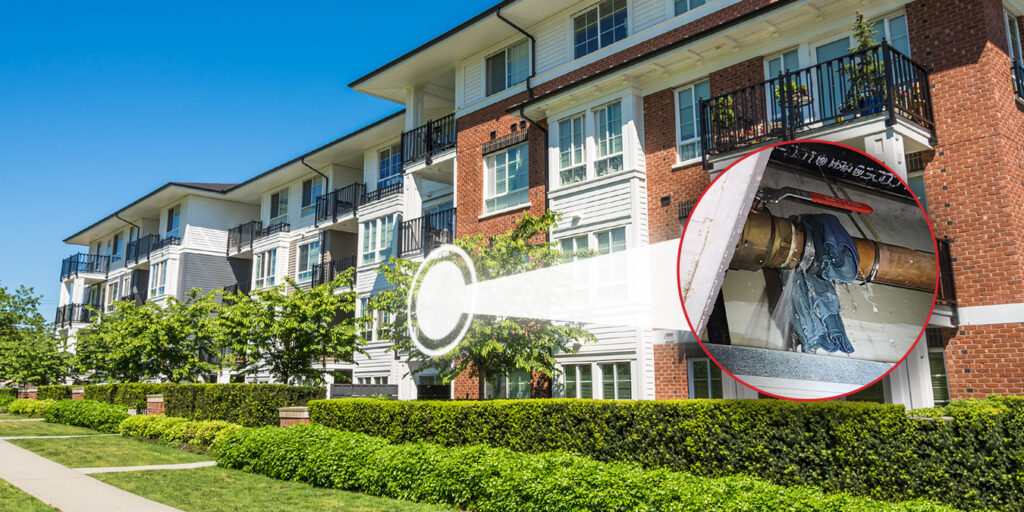
It’s an understatement to say that anyone managing and overseeing properties is busy. Overseeing entire properties often means managing both indoors and outdoors – buildings, parking lots, landscaping, and more. There is a lot that people in these roles must keep running – and too often, their already packed days are disrupted by water issues like leaks and breaks that wreak havoc on the sites they manage, cause extensive (and expensive) damage, and elicit last minute maintenance.
In 2023, approximately 73% of facility managers in the U.S. cited improving productivity and inefficiencies as one of their top priorities for their facilities and operations
Source: Statista
Clearly, there are enough issues that arise daily in these roles – and water emergencies shouldn’t be one of them.
Suppose water use is monitored properly with the right technology and data. In that case, it can be managed via condition-based maintenance (CBM), which is a more efficient use of time and resources than reactive maintenance. Flow monitoring and water use analytics technology, as well as smart irrigation systems, all reduce the amount of manual, reactive water maintenance needed and improve operational efficiency by letting facilities managers use this condition-based maintenance technique to manage their water use.
76% of U.S. facility managers also cited health and safety as an important issue for their facilities and operations in 2023.
Source: Statista
Water leaks and breaks aren’t just a pain to deal with and a roadblock to operational efficiency – they’re dangerous. They can cause health issues like water damage and mold, safety issues like increased chances of slips, falls, and other liabilities, and generally make properties and buildings more hazardous.
While leaks and other water emergencies can be painfully expensive and wasteful, they are often invisible and go unnoticed for days, weeks, or even months at a time. Using a water use analytics and leak monitoring service is the key to gaining real-time visibility of water issues across the properties that facilities teams oversee, to eliminate this water blindness.
Leak monitoring technology uses high-resolution flow monitoring devices to gauge the baseline water use on a site, and a support team keeps an eye on any abnormal water usage. As soon as any water use anomalies are spotted, the team sends 24/7 alerts, allowing facilities managers to quickly respond to any water issues and prevent extensive damage (like flooding, mold, contamination, pavement erosion, and wood rot) and improve operational efficiency by reducing major disruptions to the business.
Facilities and operations managers who use leak monitoring on their sites can stay on top of water use much more seamlessly and eliminate property damage, unnecessary costs, and water waste. Leak monitoring can even extend the life of facilities.

